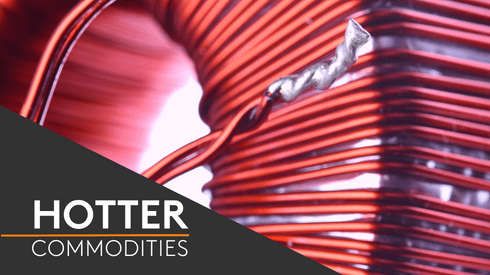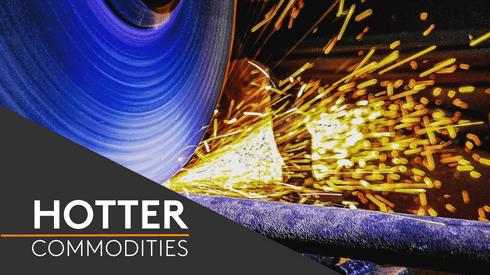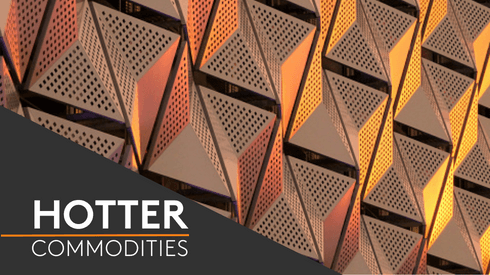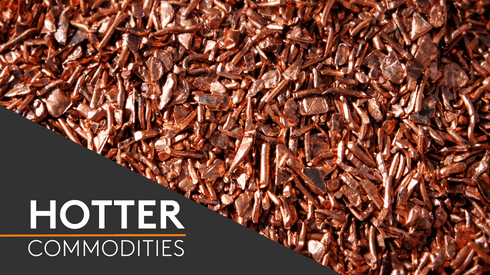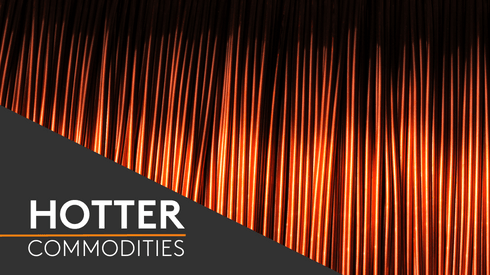The shift in the market has come earlier than expected, mainly due to the indefinite suspension of First Quantum’s Cobre Panama copper mine on November 28. More recently, other major copper miners including Anglo American and Vale lowered their copper output guidance for 2024 supplies, adding to supply concerns.
Consequently, Fastmarkets has revised downward its expected global copper mine production growth for 2024, and now forecasts a deficit of around 300,000 tonnes of copper concentrate for the year. This marks a significant turnaround from a projected surplus of roughly the same magnitude just two months ago.
Amid a tighter global copper concentrate market, what are the main projections for copper raw materials markets and the potential risks in 2024?
Clean, blended, or complex copper concentrates? Potentially all of the above
Clean copper concentrate is a preferred feedstock for copper smelters’ production needs, especially in China. But a tighter copper concentrate market, especially for clean units, has given little room to pick their preference, with higher interest expected in other raw materials, including blended units, sources told Fastmarkets.
Blended copper concentrate refers to units that combine complex or impure copper concentrates with clean material. Tighter availability of clean units in the current market has already begun to increase spot buying of blended copper concentrates, according to market participants.
“The 2024 spot copper concentrate market will be a ‘hotter’ one; not only for clean concentrates, but also for blended and complex copper concentrate. This [can already be seen] in the most recent spot market, with more business seen in blended units due to tighter supply of clean material,” a trader source told Fastmarkets.
A second trader source said, “Blended material will have more of a market share in 2024, and its price will be also become more expensive amid higher buying interest. Some units being blended at China’s ports sold at mid-$60s per tonne – [this represents a] little price gap against the clean stuff.”
With increased buying of blended copper concentrate, market participants expect blending facilities to run at higher operating rates. This poses the question of how to secure ‘dirty’ material at a good price to mix with the increasingly expensive clean material, market participants said.
Amid a tighter copper concentrate market, supplies of intermediates products, including blister and anode, will also be tight. But competition will not be that fierce compared with the copper concentrate market, Fastmarkets heard.
“The blister and anode markets will be also tighter [in 2024], but will also be less volatile than that of copper concentrate,” a copper smelter source told Fastmarkets.
China imported 25.11 million tonnes of copper concentrates during the first 11 months of 2023, up by 8.2% year on year. The country imported 949,673 tonnes over the same period, down by 12.03% from 1.01 million tonnes one year prior, according to the most recent Chinese customs data.
Fastmarkets calculated the benchmark weekly copper concentrates treatment charge (TC) index, cif Asia Pacific at $53.50 per tonne on December 29, compared with $56.80 per tonne the previous week, marking the lowest level since late December, 2021.
Its most recent assessment was calculated at $48.2 per tonne in the first trading week of 2024 ended on January 5, the lowest level since late July 2021.
Fastmarkets’ calculated the weekly copper concentrates RC index, cif Asia Pacific at $5.35 cents per lb on the same day, compared with $5.68 cents per lb the week prior, also its lowest level in two years.
Its most assessment came in at $4.82 cents per lb on January 5, also the lowest since late July 2021.
Fastmarkets’ price assessment of copper blister 98-99% RC, spot, cif China was $100-115 per tonne on December 29,unchanged from a month earlier.
Potential risks
Sulfuric acid, a byproduct of smelting copper, is a key source of profit for copper smelters, but sluggish demand for the product and higher raw materials costs pose a threat to smelters’ profitability, sources said.
“[Profit from] sulfuric acid will be a long-standing problem facing copper smelters. [Profitability is] okay when demand is good, but it’s not a promising market amid the economic slowdown,” a smelter source said.
A second smelter source told Fastmarkets, “Both domestic sales and exports of sulfuric acid are not good, especially in the first half of this year [2023], with units free of charge in some regions for a period of time [this year]. If this happens again [in 2024] when Chinese copper smelters have to pay higher costs to purchase copper concentrates, there will be a risk of production cuts at copper smelters,” a second smelter source told Fastmarkets.
China exported 2.24 million tonnes of sulfuric acid during the first 11 months of 2023, down by 34.7% year on year, with the average export price at $21.06 per tonne, down by 81.04% from a year prior, Chinese customs data shows.
To understand the complex market conditions influencing price volatility, download our monthly base metals price forecast, including the latest copper price forecasts today. Get a free sample.

